Rising Healthcare Expenditure
The upward trend in healthcare expenditure is another critical driver for the Spinal Cord Stimulator Market. As countries allocate more resources to healthcare, there is a corresponding increase in the availability and accessibility of advanced medical technologies. This trend is particularly evident in regions where healthcare reforms are being implemented to improve patient outcomes. For instance, in several countries, healthcare spending has risen significantly, with a focus on innovative treatment options for chronic pain management. This increase in funding allows for greater investment in spinal cord stimulators, making them more accessible to patients who require these devices. As healthcare systems continue to evolve, the financial support for spinal cord stimulation technologies is expected to bolster market growth.
Increasing Geriatric Population
The aging population is a significant factor contributing to the growth of the Spinal Cord Stimulator Market. As individuals age, they are more susceptible to chronic pain conditions, including arthritis and degenerative disc disease. The World Health Organization projects that the number of people aged 60 years and older will double from 12% to 22% between 2015 and 2050. This demographic shift is expected to create a substantial demand for effective pain management solutions, including spinal cord stimulators. Additionally, older adults often seek less invasive treatment options, making spinal cord stimulation an attractive alternative to surgical interventions. Consequently, the increasing geriatric population is likely to drive market expansion as healthcare systems adapt to meet the needs of this growing demographic.
Rising Prevalence of Chronic Pain
The increasing incidence of chronic pain conditions is a primary driver for the Spinal Cord Stimulator Market. Conditions such as neuropathic pain, failed back surgery syndrome, and complex regional pain syndrome are becoming more prevalent, leading to a higher demand for effective pain management solutions. According to recent estimates, chronic pain affects approximately 20% of the population, which translates to millions of individuals seeking relief. This growing patient base is likely to propel the adoption of spinal cord stimulators, as they offer a minimally invasive alternative to traditional pain management methods. Furthermore, the rising awareness of spinal cord stimulation as a viable treatment option is expected to enhance market growth, as healthcare providers increasingly recommend these devices to patients who do not respond to conventional therapies.
Technological Innovations in Device Design
Technological advancements in the design and functionality of spinal cord stimulators are significantly influencing the Spinal Cord Stimulator Market. Innovations such as rechargeable batteries, improved lead designs, and advanced programming capabilities are enhancing the efficacy and user experience of these devices. For instance, the introduction of closed-loop systems that automatically adjust stimulation based on real-time feedback from the patient represents a leap forward in pain management technology. These innovations not only improve patient outcomes but also increase the appeal of spinal cord stimulators among healthcare providers. As manufacturers continue to invest in research and development, the market is likely to witness a surge in new product launches, further driving growth and adoption rates.
Growing Awareness and Acceptance of Minimally Invasive Procedures
The rising awareness and acceptance of minimally invasive procedures are driving the Spinal Cord Stimulator Market. Patients and healthcare providers are increasingly recognizing the benefits of less invasive treatment options, which often result in shorter recovery times and reduced complications. Spinal cord stimulation, as a minimally invasive technique, aligns with this trend, offering an alternative to more invasive surgical procedures. Educational initiatives and patient advocacy groups are playing a crucial role in disseminating information about the advantages of spinal cord stimulators, thereby enhancing their acceptance among patients. As more individuals become informed about the potential benefits of these devices, the demand for spinal cord stimulators is likely to increase, further propelling market growth.
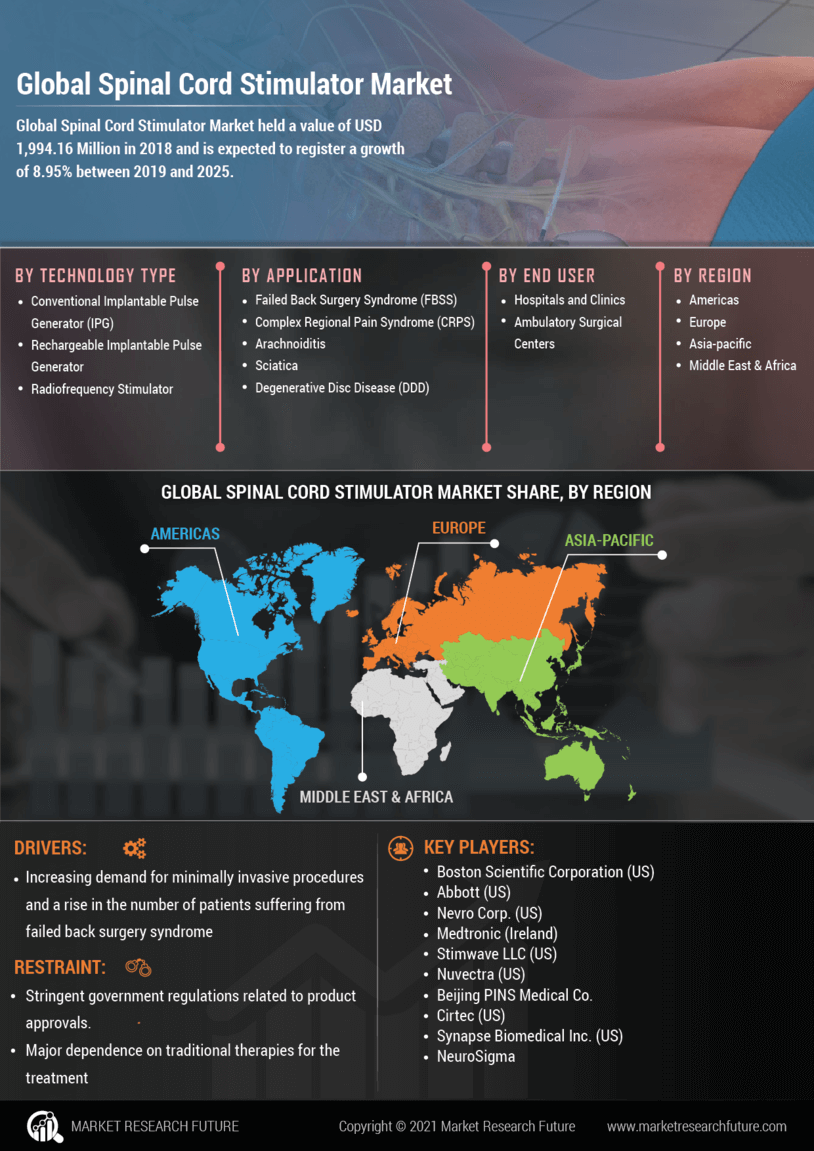

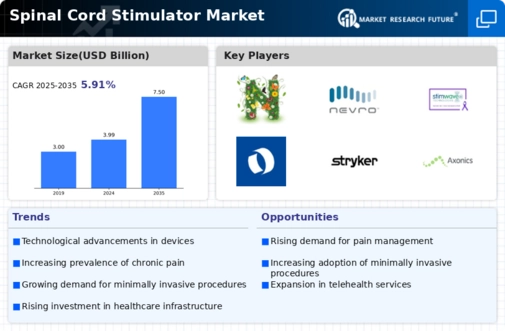
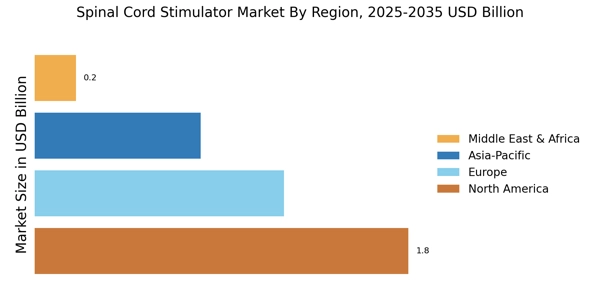
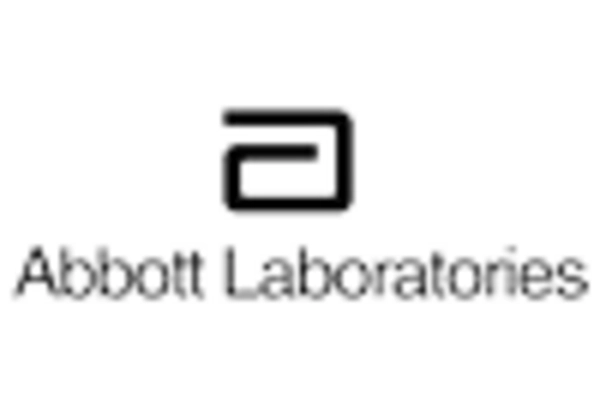


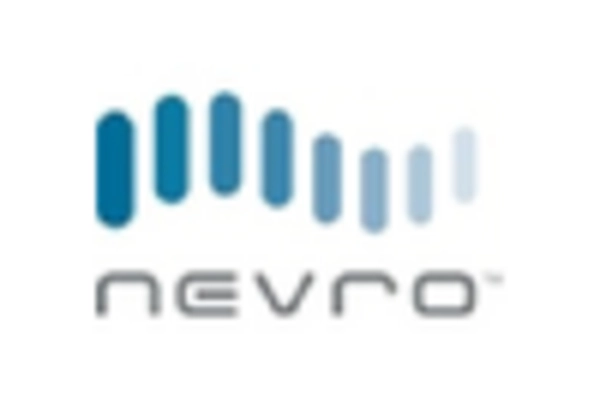
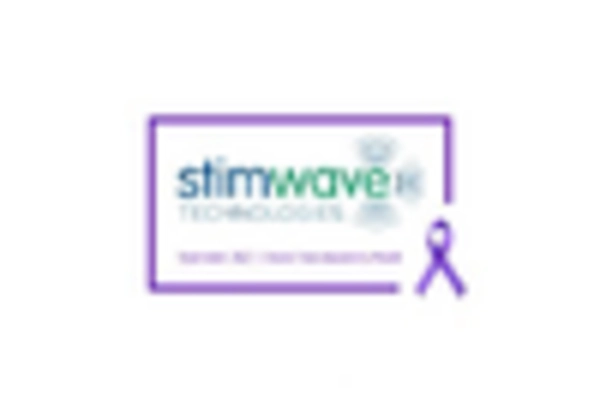
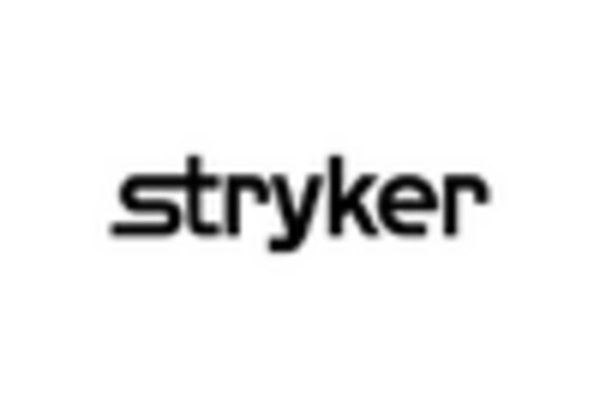








Leave a Comment